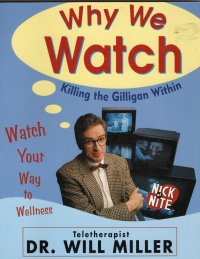 I picked up this book in Wisconsin
I picked up this book in Wisconsin last year in 2022. One would have thought I would have picked it up before now, but it was lying atop books double-stacked on a shelf and pushed back. I am pretty sure it resurfaced when I pulled out the books on Brett Favre and Danica Patrick which were in a similar position (if not actually stacked with this book).
The book is a product of its time: Nick at Nite was hitting its peak, perhaps as older people retreated from the encrassinating sitcoms of the 1990s. The author made appearances on the network starting in 1992 with “Why We Watch” segments and appears on the Bob and Tom Show. But he appears to be a real therapist and his Web site has material on other subjects. So make of it what you will. But one could not as easily find common cultural representations in television after that era as the explosion in cable (which made Nick at Nite possible) led to a diffusion and fragmenting (try not to imagine both metaphors at once, gentle reader, as it might cause you to need therapy) of characters and television shows so you might talk about Blossom and someone who watched Sister, Sister might not understand (although I pulled those examples of 1990s sitcoms out of the air and didn’t look it up, so it’s entirely possible that they aired consecutively on the same network, immediately demolishing the point I was trying to make, but you’ve probably learned by now that I write these book reports quickly, on-the-fly mostly, and sometimes a week or more after I read the book, but you’re not here for deep insight into the book, but my asides and parentheticals, ainna? Hello? Hello?). Friends aside, what might remain a touchstone for current and preceding generations? Come to think of it, are current generations watching television at all? So, yeah, not a book that would be written in 2013 much less 2023.
Amazon reviewers aren’t sure whether to take the book seriously or not, and I can see why. The book has a light tone to it, as it is a pop culture book, but it has just enough actual therapy-style talk to make you wonder if maybe it’s serious (the classification on the back cover is HUMOR/TELEVISION, so probably not too much). Its chapters include “Television and Self-Esteem: Herman Munster or Mary Richards”, “Television and Codependence: Lassie’s Disturbed Unconscious”, and “Television and Dysfunction: We Are All Jethro” (to name a few, that is, the first three past the introduction). Each describes some personal problems and then riffs a bit on them, framing them in the terms of shows that would appear on Nick at Nite (they probably extend whatever bits he might have done on the network). My boys are unlikely to know who Mary Richards and Jethro are. They might know Lassie. And although they probably do not know who Herman Munster is, they can sing Rob Zombie’s “Dragula.” But Rob Zombie, too, is an old man.
So I can see how the metaphors of the different characters might be useful in some sort of Jungian analysis, perhaps, as the myths and stories we tell ourselves or to which we gravitate reinforce the internal stories we live by. Which is how the book can look serious. But it constantly refers to tele-therapy institutes, papers, and research studies with outlandish addresses or locations to underscore that this is not to be taken seriously, and certainly people who cite these papers should not be made presidents of prestigious universities.
It’s not Make Room for TV (which I read 20 years ago–how long have I been doing this?)–but that’s good, as that serious scholarship was a slog. This book, though, carries the joke of teletherapy, the gag which probably worked in short doses on television and on the radio, too long. But it was built to capitalize on that one gag at that one moment in time, and it must have, since I am at least the third owner of this book as it appears to have two separate used bookstore prices inside the front cover–I presume someone bought it at full price and then turned it in for store credit–although the first sticker is for Half Price Books which today is a chain handling unsold leftovers from first-run book stores, so perhaps this copy was never sold at full price.
At any rate, I am enjoying idle speculation on the provenance of this book as well as nostalgia/speculation on the time when it was published than reading the book itself. So take that as you will.



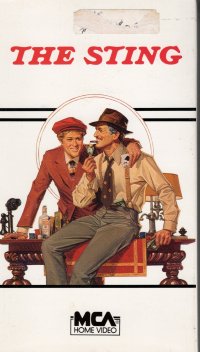 This film came out the year after I was born, but I was aware of it and of the presence of “The Entertainer” by Scott Joplin in it (I eventually learned it) and because I had a Cracked magazine parody of it at one time, which must have somehow meant I obtained an older copy of the magazine or that they were still parodying the film in the early 1980s when I would have been buying Cracked magazine at the little drug store next to the neighborhood grocery store. A neighborhood grocery store? How old am I? In one of my local newspapers, I read about a woman retiring from the local grocer after forty-three years, and she talked about having to memorize sale prices in the paper because they didn’t have scanners. You know, I came to work in a grocery store, a small almost neighborhood grocery store, in 1990, and we were just at the tail end of the scanners–we still had price sticker guns in the produce department for some applications–which means, mein Gott, I am getting old, and I can only tell you of the way things were in the last century. Younger people will hear, but not understand.
This film came out the year after I was born, but I was aware of it and of the presence of “The Entertainer” by Scott Joplin in it (I eventually learned it) and because I had a Cracked magazine parody of it at one time, which must have somehow meant I obtained an older copy of the magazine or that they were still parodying the film in the early 1980s when I would have been buying Cracked magazine at the little drug store next to the neighborhood grocery store. A neighborhood grocery store? How old am I? In one of my local newspapers, I read about a woman retiring from the local grocer after forty-three years, and she talked about having to memorize sale prices in the paper because they didn’t have scanners. You know, I came to work in a grocery store, a small almost neighborhood grocery store, in 1990, and we were just at the tail end of the scanners–we still had price sticker guns in the produce department for some applications–which means, mein Gott, I am getting old, and I can only tell you of the way things were in the last century. Younger people will hear, but not understand.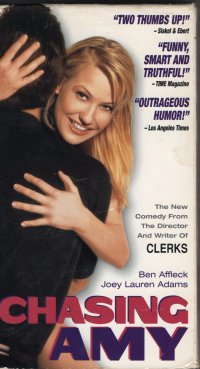 It took me three nights to get through this film which I have seen before and think might be Kevin Smith’s best film. I popped it in on an evening where my resolve to watch a film was wavery, and I only got a couple of minutes into it before deciding I wanted to do something else. The next night, I watched another couple of minutes of it before thinking that some of the sexual talk was a little more frank than I’d like my boys to see if they passed through the room while I was watching it. But on the third try, I gutted through and watched the whole thing. And I still think it’s Kevin Smith’s best film, or perhaps it’s the one that spoke and speaks most to me. But I guess we’ll get to that by and by.
It took me three nights to get through this film which I have seen before and think might be Kevin Smith’s best film. I popped it in on an evening where my resolve to watch a film was wavery, and I only got a couple of minutes into it before deciding I wanted to do something else. The next night, I watched another couple of minutes of it before thinking that some of the sexual talk was a little more frank than I’d like my boys to see if they passed through the room while I was watching it. But on the third try, I gutted through and watched the whole thing. And I still think it’s Kevin Smith’s best film, or perhaps it’s the one that spoke and speaks most to me. But I guess we’ll get to that by and by.
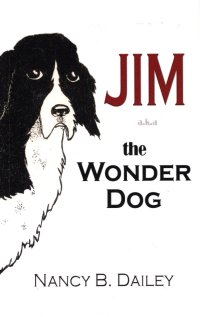 I got this book at ABC Books at the first (I think) of the writers’ group group signings I went to in
I got this book at ABC Books at the first (I think) of the writers’ group group signings I went to in 
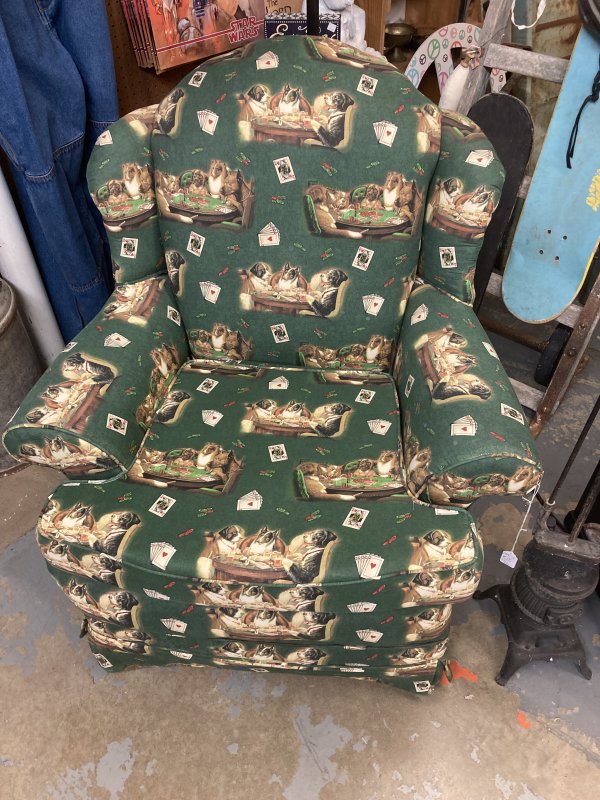
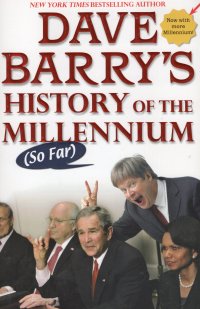 As you know, gentle reader, the year is winding down, and I tend to cut my annual reading list off the week after Christmas sometime. So I thought that this book, which I purchased
As you know, gentle reader, the year is winding down, and I tend to cut my annual reading list off the week after Christmas sometime. So I thought that this book, which I purchased  After reading
After reading  Gentle reader, I did start the action film portion of Christmas movie watching by watching Invasion U.S.A. As I did a DVD review such as I do
Gentle reader, I did start the action film portion of Christmas movie watching by watching Invasion U.S.A. As I did a DVD review such as I do 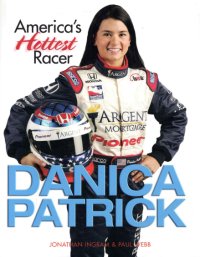 I picked this book up right after
I picked this book up right after 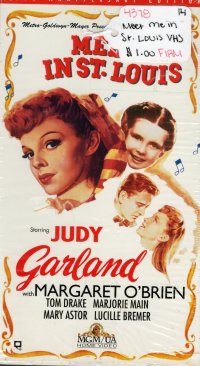 I forget where I recently read that this film introduced the song “Have Yourself A Merry Little Christmas” (perhaps it was not on a blog, but on the front of the box). So I decided to pop in this film which I bought
I forget where I recently read that this film introduced the song “Have Yourself A Merry Little Christmas” (perhaps it was not on a blog, but on the front of the box). So I decided to pop in this film which I bought 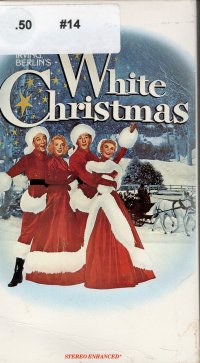 Well, after watching
Well, after watching  Sports Illustrated must have had this book ready to go, as it was published in that brief period in which Brett Favre had retired as a Green Bay Packer but before he did his little thing and got traded to the New York Jets, for whom he would actually play (unlike his predecessor). Favre announced his retirement on March 4, 2008; the book was published March 31; and Favre started making unretirement motions on July 2. I presume that book sales cratered in summer and autumn. I bought this book as my first ABC Books online order during
Sports Illustrated must have had this book ready to go, as it was published in that brief period in which Brett Favre had retired as a Green Bay Packer but before he did his little thing and got traded to the New York Jets, for whom he would actually play (unlike his predecessor). Favre announced his retirement on March 4, 2008; the book was published March 31; and Favre started making unretirement motions on July 2. I presume that book sales cratered in summer and autumn. I bought this book as my first ABC Books online order during  When it comes time to re-watch the movies featuring White Christmas, I must watch them in order: This film and White Christmas. Of the two, I like this one better. I mean, face it: Danny Kaye, the co-star in White Christmas, is no Fred Astaire. Full disclosure: I also own and enjoy A Couple of Song and Dance Men, their 1976 LP.
When it comes time to re-watch the movies featuring White Christmas, I must watch them in order: This film and White Christmas. Of the two, I like this one better. I mean, face it: Danny Kaye, the co-star in White Christmas, is no Fred Astaire. Full disclosure: I also own and enjoy A Couple of Song and Dance Men, their 1976 LP.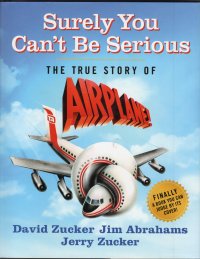 Gentle reader, after reading the story about it in the
Gentle reader, after reading the story about it in the  I pulled this film from the Nogglestead media library as a Christmas movie because I remember that it has Bing Crosby introduce his version of “Adeste Fidelis” which is on about 10% of the Christmas records at Nogglestead (or such was the case before I began buying new Christmas record in earnest about a decade ago) and that it has a related children’s Christmas program scene, but as it turns out, the Christmas scene is but one portion of the film. I might as well call
I pulled this film from the Nogglestead media library as a Christmas movie because I remember that it has Bing Crosby introduce his version of “Adeste Fidelis” which is on about 10% of the Christmas records at Nogglestead (or such was the case before I began buying new Christmas record in earnest about a decade ago) and that it has a related children’s Christmas program scene, but as it turns out, the Christmas scene is but one portion of the film. I might as well call  This 2004 film comes from a time where Tim Allen was at the height of his celebrity, returning to the genre where he saw his greatest success in films (the Christmas comedy, as The Santa Clause and its sequels were far better received than, say, Joe Somebody). It’s based on a book by John Grisham who was at about the beginning of the ebb of his bestselling dominance I presume–I can’t think of another book of his after Skipping Christmas, but that might be because not long after I stopped looking at the bestseller list to see how Robert B. Parker’s latest work was doing.
This 2004 film comes from a time where Tim Allen was at the height of his celebrity, returning to the genre where he saw his greatest success in films (the Christmas comedy, as The Santa Clause and its sequels were far better received than, say, Joe Somebody). It’s based on a book by John Grisham who was at about the beginning of the ebb of his bestselling dominance I presume–I can’t think of another book of his after Skipping Christmas, but that might be because not long after I stopped looking at the bestseller list to see how Robert B. Parker’s latest work was doing. As you know, gentle reader, I like to read a Christmas novel around Christmas time, and I generally pick them up at various places throughout the year, maybe one or two a year (I bought this one in Arkansas
As you know, gentle reader, I like to read a Christmas novel around Christmas time, and I generally pick them up at various places throughout the year, maybe one or two a year (I bought this one in Arkansas